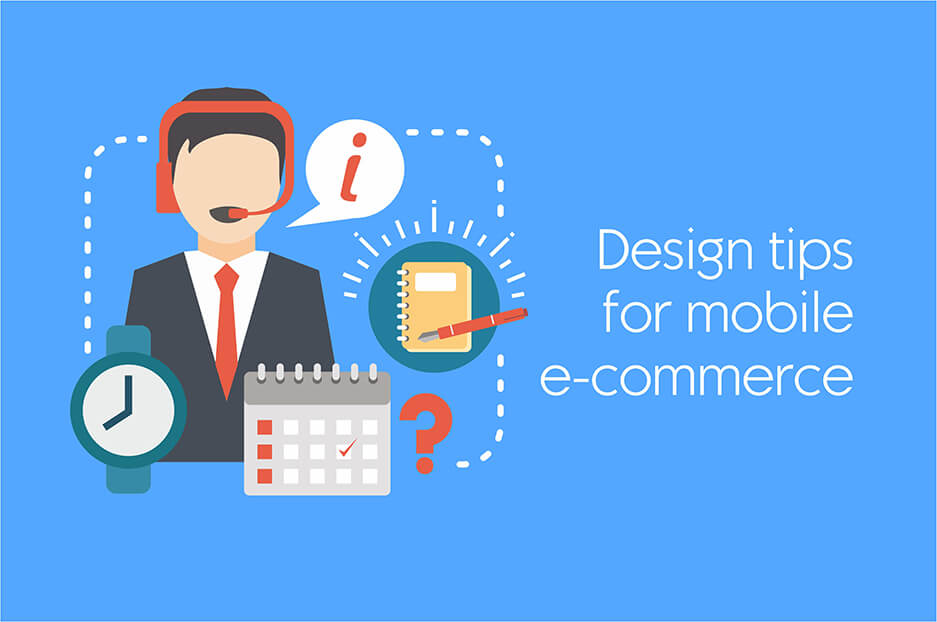Mobility matters a lot. Nowadays, it deserves a lot of attention and consideration. If you want your business to stand up to the competition, you should ask yourself: is your website really mobile-friendly? Do you need to implement UX design for mobile? Now we want to focus on electronic commerce, as there are a considerable amount of sites that sell online. We have proposed you usability tips for ecommerce sites and now we want your online stores not only to improve usability, but adapt your site design for mobile users as well.
Design features to consider for better mobile shopping experience
Simplified interface design
A mess of webpages cause a mess and confusion in the minds of those who see it. That’s why it’s a bad idea to clutter an online store with excessive banners, inter-site links, ads and so on. Taking into consideration also the small sizes of mobile screens, it’s better not to disperse users’ attention to many little interface elements of low necessity. If you want to sell products, then help online shoppers put their focus on these products alone.
Easy clicks for thick fingertips
Unlike desktops with a mouse and a cursor, mobile devices commonly presuppose the use of a touchpad or a touchscreen. So keep in mind that there are mobile users with both thin and thick fingers. Also mind that one thumb or two thumbs are used by more mobile users than their thinner index fingers.
Provide convenient physical interaction with your mobile user interface for all site visitors with different habits of holding gadgets. Make your call-to-action buttons and link anchors big enough and put them closer to borders and the bottom side. This will provide easy navigation for all your site users, and prevent them from accidentally clicking on unintended areas and taking unintended actions.
Remember that a positive mobile experience is the one that requires no zooming, only scrolling.
Prioritised content for content-focused experience
Whatever mobile solution you have chosen — responsive design, a mobile version of your e-commerce website or even an application — the most vital content should be prioritised. In small screen size conditions, the most needed features should be easily found and reached for great usability. This prioritized content includes search box, categories of products, shopping cart, log-in, sign-in, and contact data. It can be presented in the form of buttons, icons, hyperlinks, pop-ups, drop menus, etc. What matters is that prioritized content should be easily accessible from your every page to help users easily navigate, search, register, login, complete a purchase or send an e-mail.
Make ‘Guest Checkout’ option conspicuous
Users don’t like long procedures of filling in countless forms. The necessity to log in can discourage first time shoppers from buying. So, don’t force your new site visitors to become regular customers when they are not ready, and let them continue as guest without creating an account.
However, having mobile users overlooking your “Check out as guest” equals not having this option at all. So make its design stand out (more visible than log-in and sign-in button) and put it at the top of every page. A “secure checkout” helps assure and cut down anxiety when people first make contact with your internet shop.
Always be testing to find your own best option
You may read lots of general recommendations based on someone else's experiences, but if you want to find a more concrete solution for your particular case, then do A/B testing to identify which version of your mobile e-commerce website (or app) is more effective. It’s like a survey, and helps you find out thousands of users’ opinions. No one knows better than your users what things will work best for them. Even relatively slight changes in web design can cause drastic results that impact sales.
If you need some professional help concerning your mobile web design and development or Drupal ecommerce development, then feel free to contact us.

